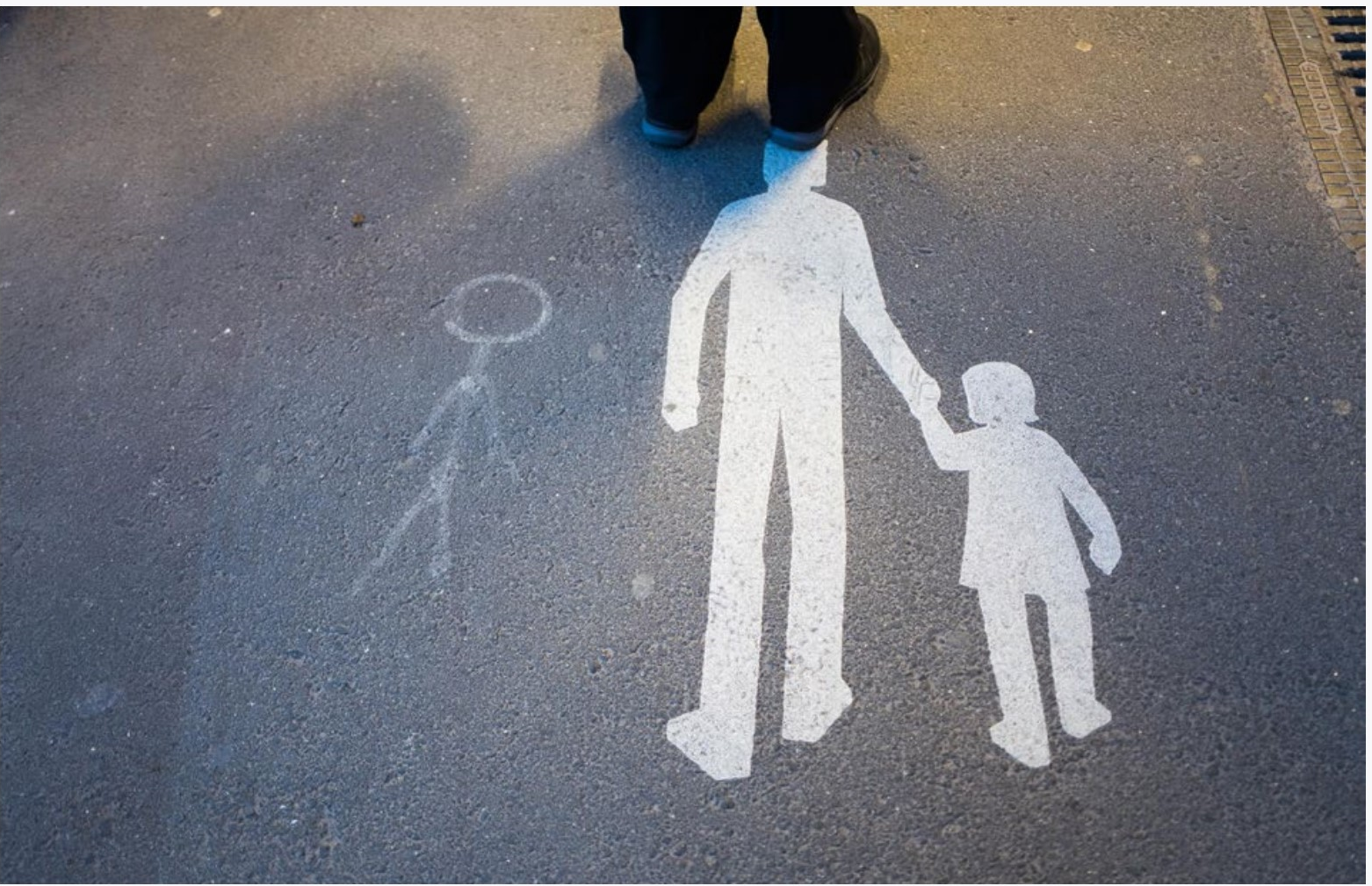8.1: 8PH THE IDEA
- Page ID
- 92238

A while back I went to an art museum to listen to a lecture by a very good (and famous) photographer. The museum curator introduced him to the audience, whom she welcomed as shutterbugs. There was a collective sigh in the audience. It was a demeaning term meant to assert the authority of real media, like painting and sculpture. We will let you shutterbugs into our institution, but be assured we are just letting you into the kids’ play area. Here is a bit of history:
In the early 20th Century, artists were experimenting with the idea of having art be not so much about the image, but more about the idea behind the image. Actually, this is a very ancient concept. So Duchamp could have a painting of a tobacco pipe and under it state that it was not a pipe (in brief terms, it is a picture of a pipe). This art based on the idea continued, and starting in the 1960s it became the movement called Conceptual Art.
Photography, which has always been a sort of bastard child of the art world, suddenly found a home with Conceptualism. Photography is a medium particularly suited to expression of the idea in that it can be very banal, which forces the viewer to the idea. Also, it is an underdog medium—the perfect thing to challenge The Art World.
With photography suddenly a valid art form, its status as art was not only limited to Conceptualism, but also things like landscape and abstract photography. Photography busted the art museum door down and called squatting rights. Older photographers were venerated, and prices for photographic prints skyrocketed. Although some museums still treat photography as a craft (another demeaning term in this context), many have accepted it as worthy, on par with traditional media.
So, at least in this view of things, conceptual photography is a crucial part of photographic history. Many artists combine photography (their own and ones taken by others) with other media. A couple of Bruces (Bruce Connor and Bruce Nauman) and Richard Prince have incredible ‘illustrations’ of their ideas. If you don’t think life can be pretty bizarre, don’t bother trying to get the humor of John Baldessari, Ed Ruscha, and Robert Cumming.
Carrie Mae Weems explores being black, Judith Golden explores a more transcendental experience, and the team of Bernd and Hilla Becher’s photographs of similar things put near each other are more meaningful than they really should be.
But of course all this categorization with these photographers is essentially just a path to start exploring. Is John Divola concerned with the idea or the image? It is both.
Really, all photography could be seen as being about the idea. But these are some of the photographers who do it more obviously.
Artists known for their work in traditional media have also leaned heavily on photography, either by using appropriated images (not their own) or photographs they themselves take. Of course, Andy Warhol famously fits in this category, but also Chuck Close, Robert Rauschenberg, Robert Heinecken, and David Hockney.

